What Makes A Craft Beer A Craft Beer?
Odds are you know a craft beer lover, their fridge a constant rotation of exciting cans and bottles. You’re ready to join the fold but could use some clarity: What makes it “craft” beer?
What Came First: The Craft Beer Or Craft Brewery?
A good place to start is the concrete definition for a craft brewery. The Brewers Association, our industry’s leading trade group, emphasizes production volume and ownership. You have to be small: annual production can’t exceed 6 million barrels of beer (one barrel = 31 U.S. gallons); and you have to be independent: no more than 25 percent of a craft brewery can be owned by a non-craft brewer (say, a private equity firm).
What About Microbreweries?
And craft breweries have a few subgroups. Is a craft brewery the same as a microbrewery? You’ve likely heard those terms used interchangeably, but to be a true microbrewery, you make less than 15,000 barrels of beer per year and sell the majority of it at retail shops, not at the brewery itself. Sierra Nevada is a “Regional Brewery” since we exceed 15,000 barrels annually but fall well short of the max 6 million barrels.
There are nearly 9,000 American craft breweries, so chances are you have one a short car ride (or walk!) away.
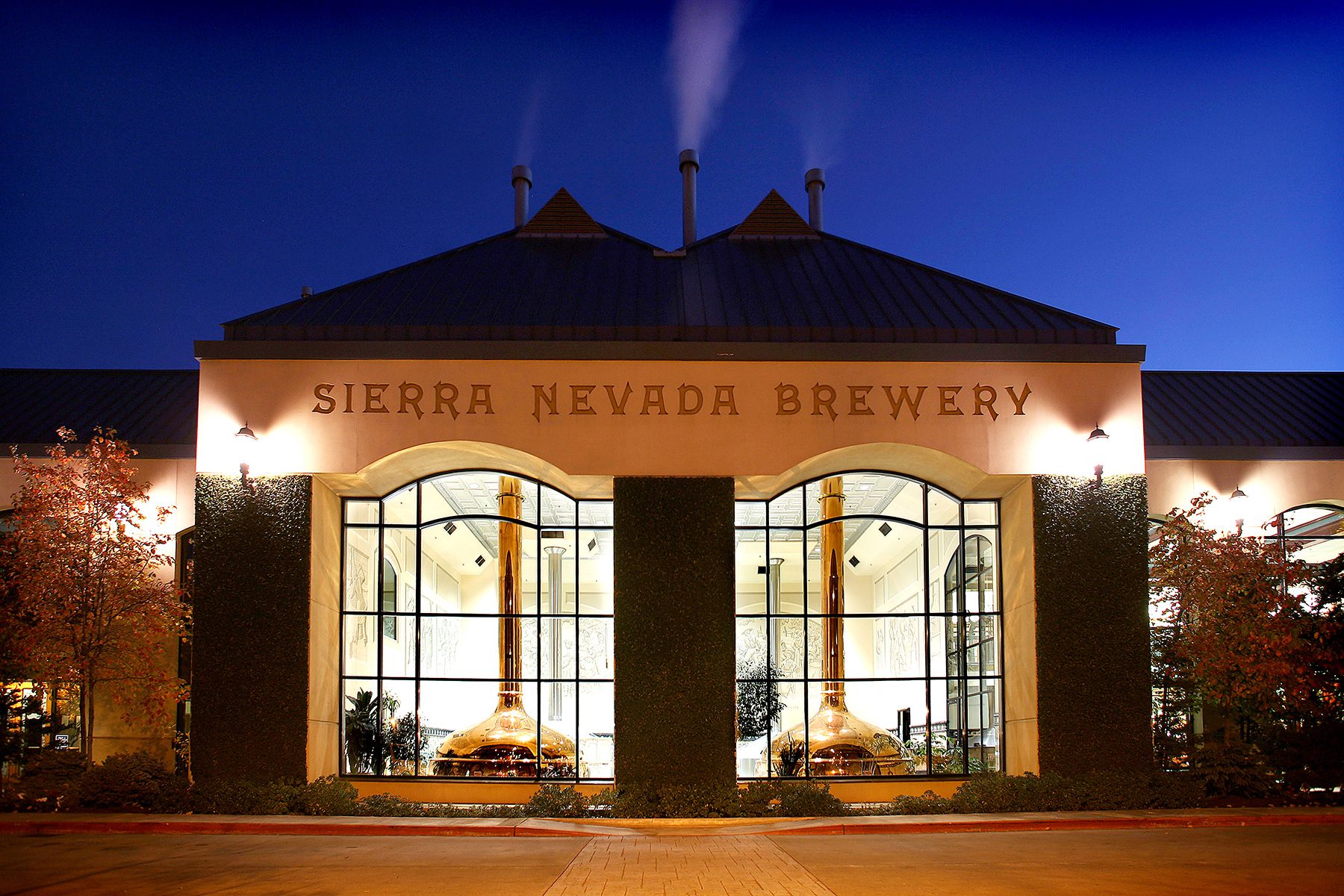
What Defines A Craft Beer?
When it comes to defining craft beer, the stuff actually in your glass, that could shift depending on who you ask—brewer or beer drinker—and that’s part of what makes it special. Some passionately uphold Reinheitsgebot, the German purity law, where you can’t venture outside traditional ingredients: water, barley, hops and yeast. For others, going off script is the whole point; pour me something made with a medley of wild stuff. Or how about inventing new equipment to take flavors to the next level?
Creative expression is at the core of it all. Craft brewers aim to make high-quality beer that’s delightful to drink, whether it’s born from modern innovation or reverence for brewing history.
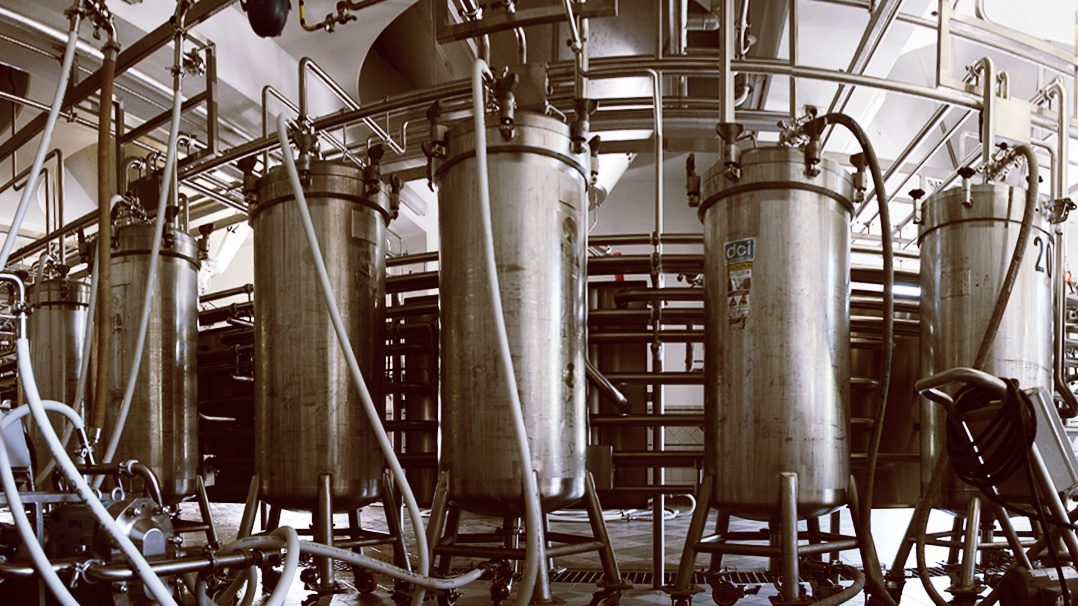
History Of Craft Beer
Today’s brewery count is impressive, but it’s been high before. In the late 19th and early 20th centuries, the U.S. peaked at around 3,000 breweries, many of them rooted in the European brewing traditions they brought from overseas. But the arrival of Prohibition in 1920 sent the industry into a downward spiral. The 21st Amendment repealed Prohibition in 1933, but it was decades before the genesis of what we now call American craft beer.
The legalization of homebrewing in 1978 sparked the curiosity of hobbyists, and our founder Ken Grossman had already been quietly running a homebrew shop since 1976. (Ken bought his first homebrewing kit in 1969 and hid it from his mom.) As his own brewing became more serious, Ken connected with other craft pioneers—like Fritz Maytag of Anchor Brewing and Jack McAuliffe of New Albion Brewery—who had a vision for distinctive, flavorful beer that stood apart from the one-note “industrial lager” of the time.
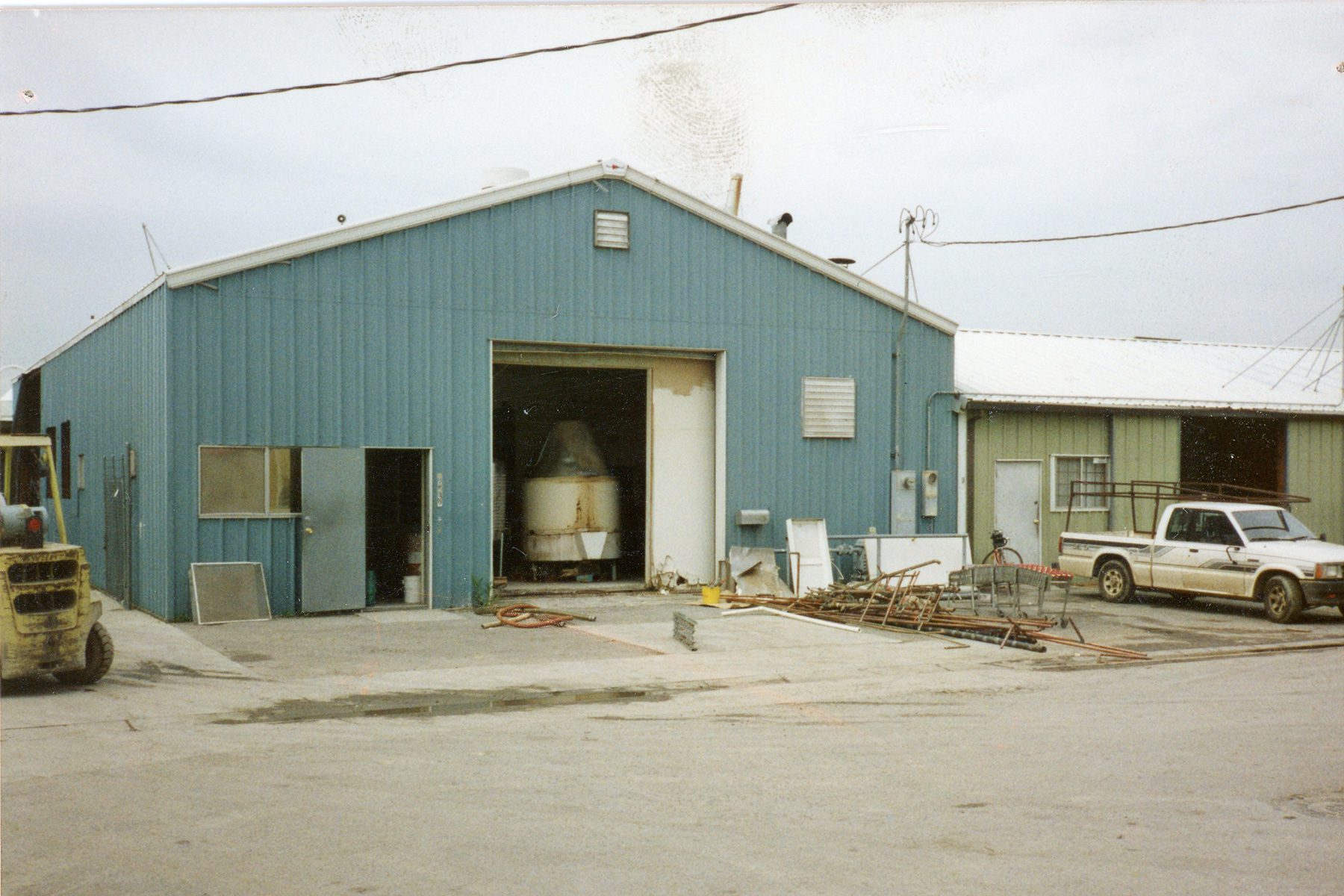
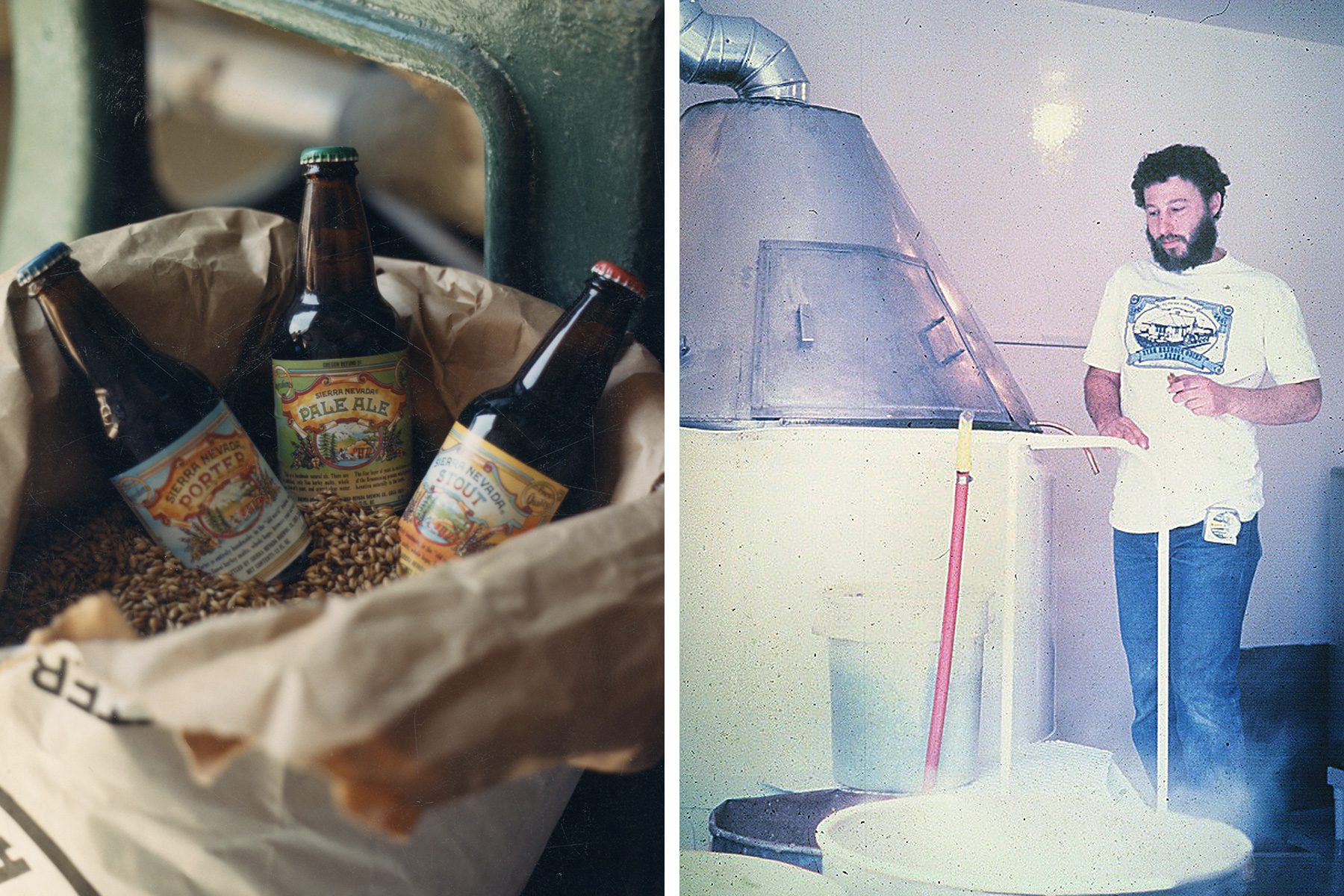
Ken launched Sierra Nevada Brewing Co. in 1980, and while Stout was the first beer to test his hand-built brewhouse, Pale Ale soon followed. It was a stake in the ground: we’re going heavy on hops. Pale Ale’s intense aromas of pine and citrus sent most folks reeling.
“I remember my first day of trying to sell beer in Chico,” Ken says. “Probably 90% [of people] hated it. But the 10% who loved it, loved it.”
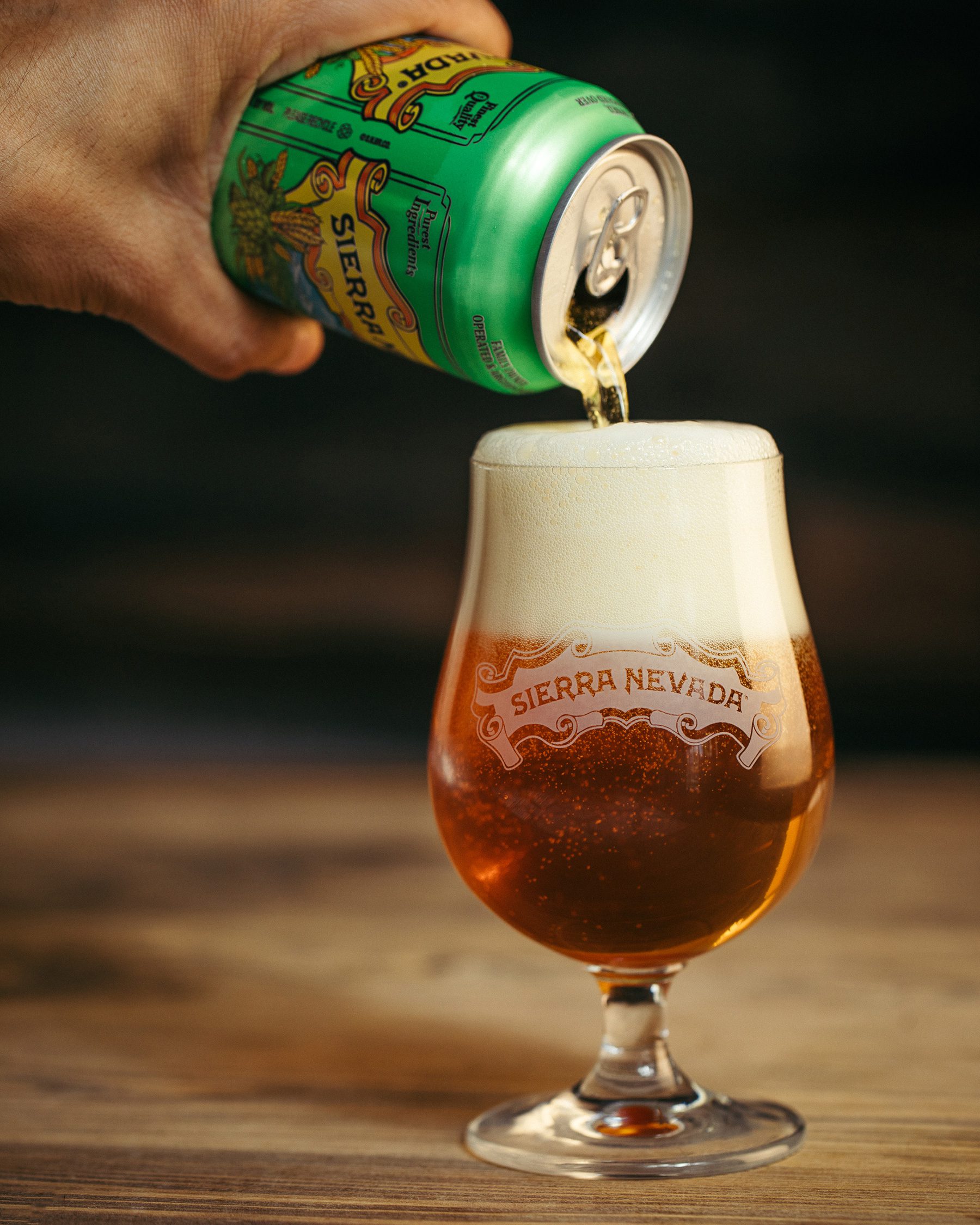
Tastes changed, skeptics came around, and by just 1983, Sierra Nevada had already surpassed the annual beer production Ken predicted in the original business plan. And alongside fellow trailblazers—hardly a dozen craft breweries at the time—we leaned in and tipped that momentum into full-on revolution.
Aided by events like the Great American Beer Festival, craft beer began moving from the margins into the cultural ethos. Soaring to 1,000 craft breweries by 1996, it was a humble movement no more; this was a thrill ride, hurtling taste buds into a new century and beyond.
What’s The Difference Between Craft Beer And Regular Beer?
In this context, regular beer broadly refers to those made by “macro breweries” (read: big ones) whose production volume dwarfs those of craft breweries, and they’re often publicly traded or otherwise not independently owned. Macro-brewed beer happens to remain the most popular; we all know those familiar light lagers, usually with low ABV, at every grocery store. They’re affordable, uncomplicated, and easy to drink.
But if you’re looking for variety of flavor and have a spirit of exploration, craft beer ticks those boxes.
Maybe you like coffee. Sometimes you get your morning drip at a large chain. It’s convenient, cheap and tastes like, you know, a roasty coffee—purpose served. But you head to that local roaster to have your mind blown, to try yet another new bean they’ve sourced, teasing out nuanced flavors that make breakfast an experience.
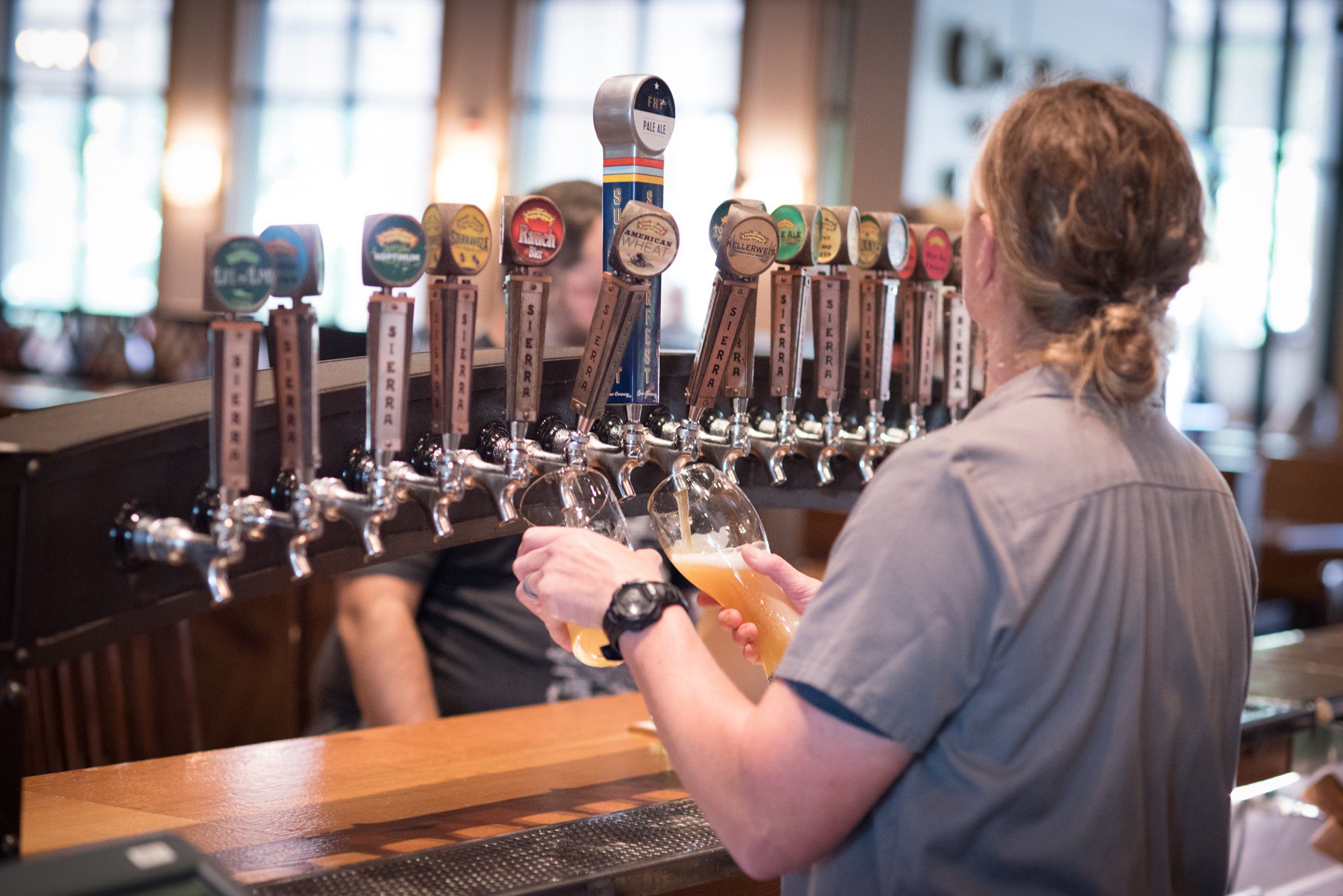
Craft beer is equally immersive. (So don’t be surprised by the various coffee-infused beers out there.) Taproom menus are full of beers that answer a curious brewer’s question, “What if we…?” The ingenuity and sheer number of styles—nearly 100 categories judged at the 2021 Great American Beer Festival—make being a craft beer drinker forever captivating.
Types Of Craft Beer
There’s no doubt that India Pale Ale (IPA) is a craft beer titan right now. The style puts hops in the limelight and offers such diverse flavors. At the 2021 Great American Beer Festival (GABF), craft brewers collectively entered more than 425 beers considered “Juicy or Hazy IPA”—the festival’s top category.
We’ve brewed IPAs since 1981 starting with Celebration IPA, and if you look at our lineup, it’s plenty hoppy.
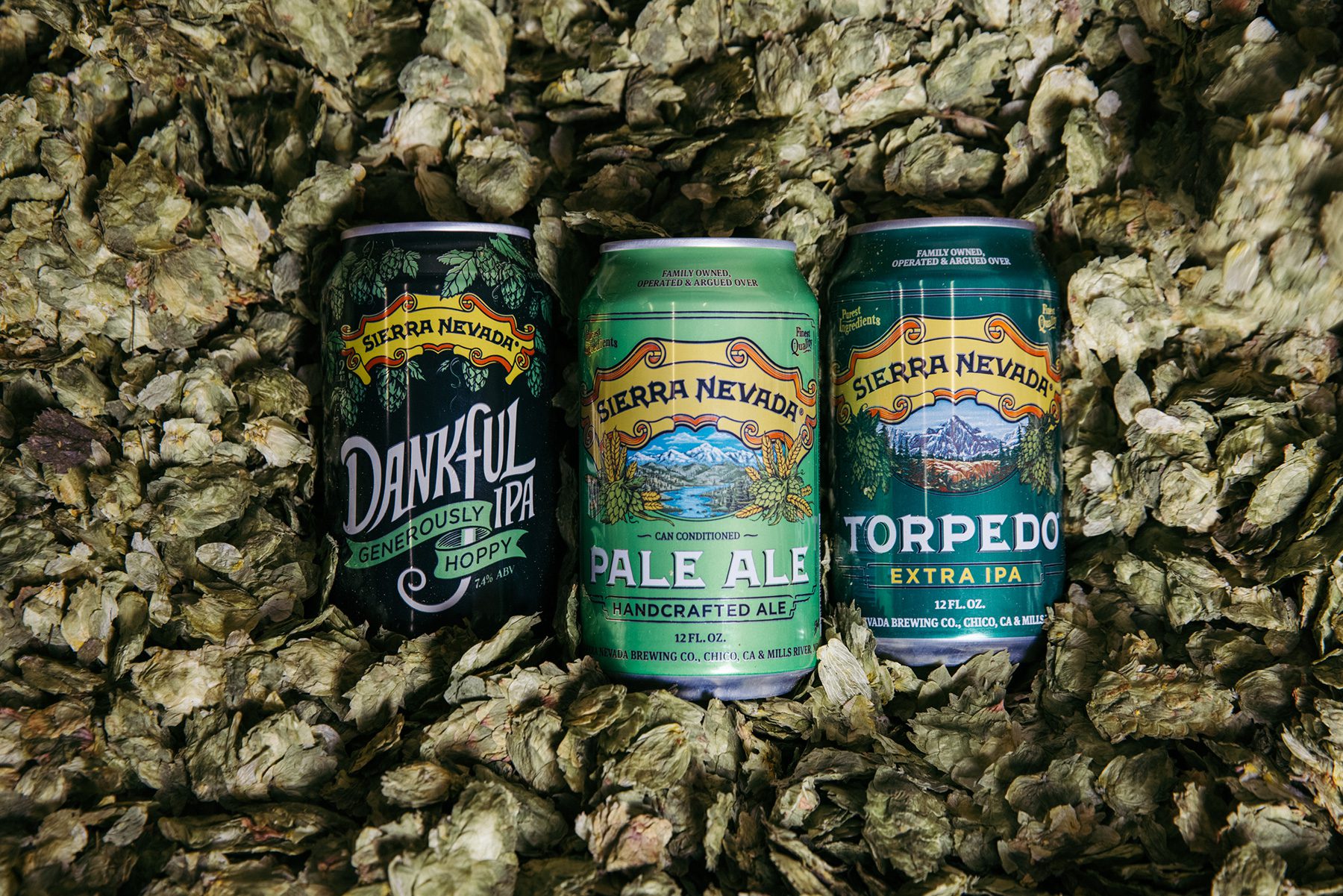
But there are so many other types of craft beer, a true kaleidoscope of flavor. From the basics of ale vs. lager down to ingredient choices that define styles like imperial stout, brewing techniques that make slightly sour ales, or entirely transforming beers through barrel aging. And this is hardly an inch deep. Where will you start?
How To Drink Craft Beer?
Craft beer is meant to be inclusive, a tasty adventure for anyone. So there’s no “right way” to drink it, but perhaps over time you’ll develop some preferences.
If a beer touts a huge and complex aroma, consider pouring it into a glass to let those fruity notes fully shine. Or maybe you’re circled around the firepit with some friends, and you’re not going to mess with glassware. Just reach into the cooler, grab a Pale Ale, and get back to chatting.
With craft beer, you can go with the flow while going big on flavor.




